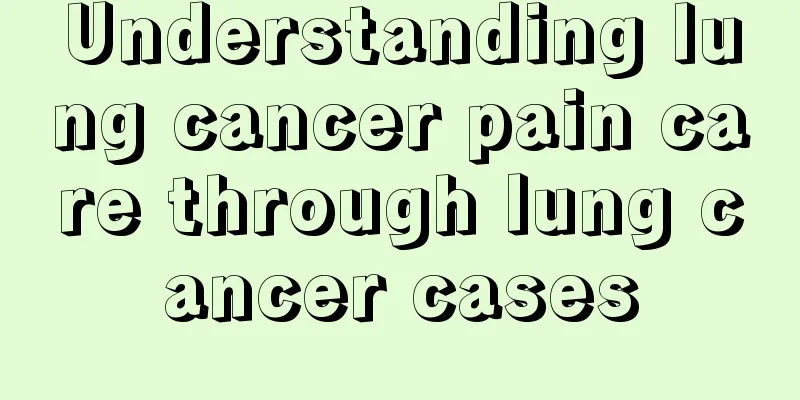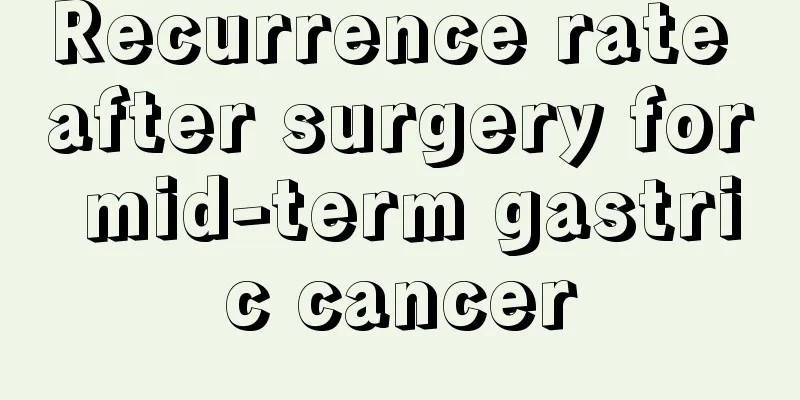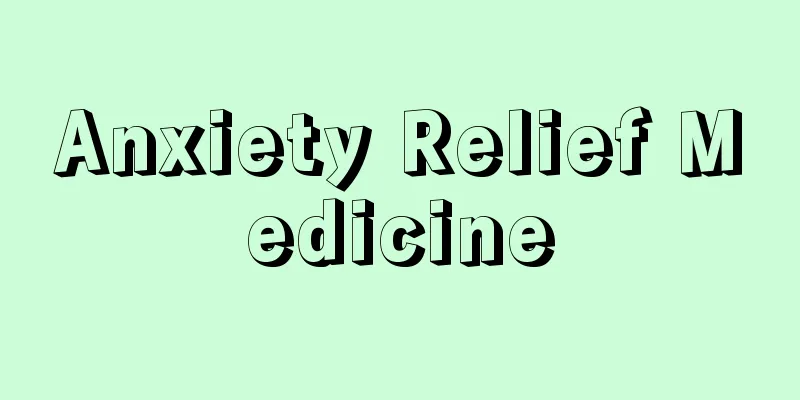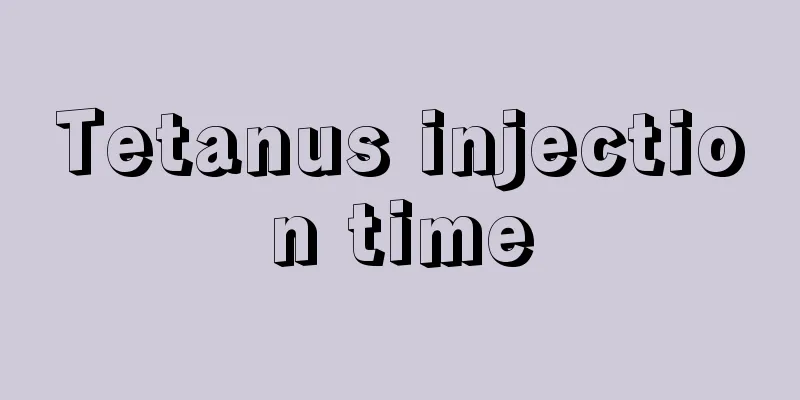Symptoms of arm muscle strain

|
Muscle problems cause countless people to experience various uncomfortable symptoms, bringing great pain to their lives and bodies. Because muscles are the source of power that enables the body to move, muscle problems can lead to a decrease in people's physical mobility, etc. There are many types of muscles, among which arm muscle strain is a relatively common one. Let’s take a look at the symptoms of arm muscle strain. Clinical manifestations: Muscle weakness, fatigue, soreness, local tenderness, limited range of motion, decreased working ability, and persistent pain, soreness, muscle nodules, functional disorders, etc. It is essentially a sterile inflammation, mainly manifested by pain, tenderness and functional impairment in the affected area. Strains often occur in the muscles that control active or weight-bearing joints or in the ligaments that hold those joints together, particularly at their attachment points to bones. Long-term and frequent repetition of a specific action is a common cause of overload. Treatment principles: When you are injured, you should adjust; when you are tired, you should rest. Tendon sheath diseases are mostly caused by strain, so treatment must be combined with rest and adjustment. To regulate, you need to massage the corresponding ointment on the uncomfortable part of the tendon sheath to allow the medicinal power to penetrate the skin, regulate the circulation of qi and blood, and relieve pain and discomfort. If you need to rest, you should develop good living habits and avoid over-activity of the affected area to facilitate the recovery of damaged tissues. Common treatment options include short-term rest, ice compresses, use of nonsteroidal anti-inflammatory drugs, platelet-rich serum therapy, local nutritional therapy, hormone therapy, etc., and individual efficacy varies greatly. 1. Limit or stop the injuring action to allow the local area to rest. 2. Local injection of prednisolone acetate or its similar drugs can promote the disappearance of inflammation. 3. Pain relief. Use infrared, microwave and other physical therapy and painkillers. 4. Surgical treatment. Only suitable for certain specific strains, such as stenosing tenosynovitis. 5. Reasonable muscle function exercise. For example, when the waist and back are strained, actively strengthening the muscle strength through waist and back muscle exercises is more important than the above treatments. |
<<: Transient myocardial ischemia symptoms
>>: Can I go to the toilet if my water breaks
Recommend
Can I soak my feet in spring?
Foot soaking is a very good way to maintain healt...
What to do if a date pit gets stuck in your throat
The situation of date pits stuck in the throat is...
Can I eat bayberry while taking Chinese medicine?
Bayberry is a favorite of many people. It can hav...
What are the common diagnostic methods for nasopharyngeal tumors?
Nasopharyngeal tumors are the result of severe de...
What are the symptoms of diabetic vascular disease?
Patients with diabetes will actually develop many...
How to choose a cancer hospital to treat testicular cancer
Testicular cancer is a very serious disease. Pati...
May I ask what medicine I can take to control the condition of lung cancer
Since lung cancer is a malignant tumor, it can ca...
How to use beer to remove dandruff
Dandruff is a trouble that many people have in da...
Can parrot parasites infect humans?
As we all know, almost all pets are bound to have...
How many times a day is normal for a two and a half month old baby to poop?
Under normal circumstances, a one-month-old baby ...
Calories of a brown sugar steamed bun
Nowadays, as people are becoming more and more pi...
Early detection of breast cancer symptoms can help patients with their condition
Breast cancer is a serious tumor disease that can...
Why does my face turn pale after chemotherapy for lung cancer
Lung cancer patients may have pale complexion due...
What causes heavy moisture in the body
The phenomenon of heavy moisture in the body is q...
What are the functions and effects of an iron broom
The iron broom plant has great medicinal value. F...









